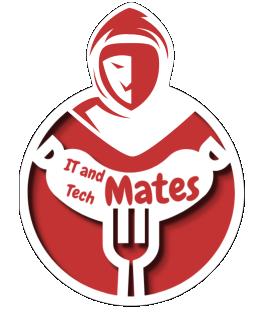Debunking Five Cybersecurity Myths

Debunking Five Cybersecurity Myths
Creating a Cyber Secure Home
Powered By: SANS Institute.
A Cyber Secure Home video is powered by SANS Institute.
Debunking Five Cybersecurity Myths

Debunking Five Cybersecurity Myths For Home Users
Learning with Expert – Vladislav Zorov.
Your IT and Tech Mates protect you, your family, and your business from cybercrime and data breaches.
Creating a Cyber Secure Home
The only way to be kind-of sure is to buy a new PC, from a randomly selected shop, and never connect it to the Internet. This is for example what some people do to generate “cold storage” Bitcoin wallets, or what they did for the secret parameter generation ceremony for Zcash.
Anti-virus only recognizes known malware and typical malware behaviors, stuff can be tweaked until it no longer shows in the AV
Task Manager tells you nothing, it’s possible to hide processes from it.
Reinstalling your OS does not guarantee you’ve gotten rid of the malware, it’s possible for malware to persist in other places than your hard disk / SSD.
If you’re being specifically targeted, buying a new computer from a shop that has not been selected randomly does not guarantee it doesn’t have any malware, as they could have broken in and pre-infected the stock.
If the computer is clean, but you connect it to the Internet, there’s no guarantee it will still be clean 5 seconds later – even if you do nothing and click nothing.
If you’re monitoring your traffic from a (hardware, clean) firewall, so connections can’t be hidden from you… messages can still be “piggy-backed” over existing legitimate connections.
Even if your cybersecurity was perfect (which is impossible), your physical security isn’t – locks can be picked, alarms can be disabled, relatives and roommates can be social-engineered.
That said… some of the above things constitute extremely expensive attacks: think of them like Tomahawk missiles, in that they probably cost a million dollars to develop, and they’re “one time use only”, since once discovered on the next day they won’t work anymore.
Unless you’ve done something to piss off the Chinese government or similar, I probably wouldn’t worry about it 😀 Just reinstall your Windows, make sure to delete everything (other than pictures and documents and similar less likely to contain viruses things), and you’ll probably be fine.
Debunking Five Cybersecurity Myths
Your IT and Tech Mates protect your sensitive information, your family, and your business from cybercrime and data breaches. Tailored modern cyber security solutions for your needs and budget. Call or or Book online now.
Debunking Five Cybersecurity Myths
Debunking Five Cybersecurity Myths
Reference: Vladislav Zorov ( Programming Enthusiast – Love the answer? Donate to Vladislav’s gaming budget here, Thank you! ) – “How can I tell if a hacker is using my PC?” originally appeared on Quora, the place to gain and share knowledge, empowering people to learn from others and better understand the world.

More than just IT, we're your trusted security advisors: Let Your IT and Tech Mates be your data saviors.


